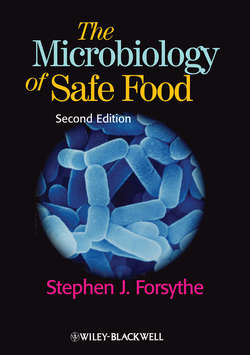Описание книги
Food production is an increasingly complex and global enterprise, and public awareness of poisoning outbreaks is higher than ever. This makes it vital that companies in the food chain maintain scrupulous standards of hygiene and are able to assure customers of the safety of their products. This book reviews the production of food and the level of microorganisms that humans ingest, covering both food pathogens and food spoilage organisms. The comprehensive contents include: the dominant foodborne microorganisms; the means of their detection; microbiological criteria and sampling plans; the setting of microbial limits for end-product testing; predictive microbiology; the role of HACCP; the setting of Food Safety Objectives; relevant international regulations and legislation. This updated and expanded second edition contains much important new information on emerging microbiological issues of concern in food safety, including: microbiological risk assessment; bacterial genomics and bioinformatics; detergents and disinfectants, and the importance of hygiene practice personnel. The book is essential reading for all those studying food science, technology and food microbiology. It is also a valuable resource for government and food company regulatory personnel, quality control officers, public health inspectors, environmental health officers, food scientists, technologists and microbiologists. Web-based sources of information and other supporting materials for this book can be found at www.wiley.com/go/forsythe
